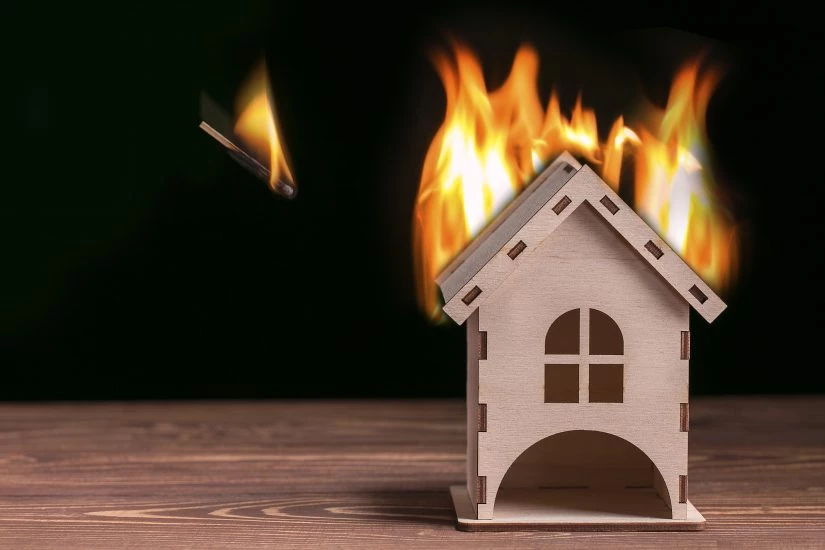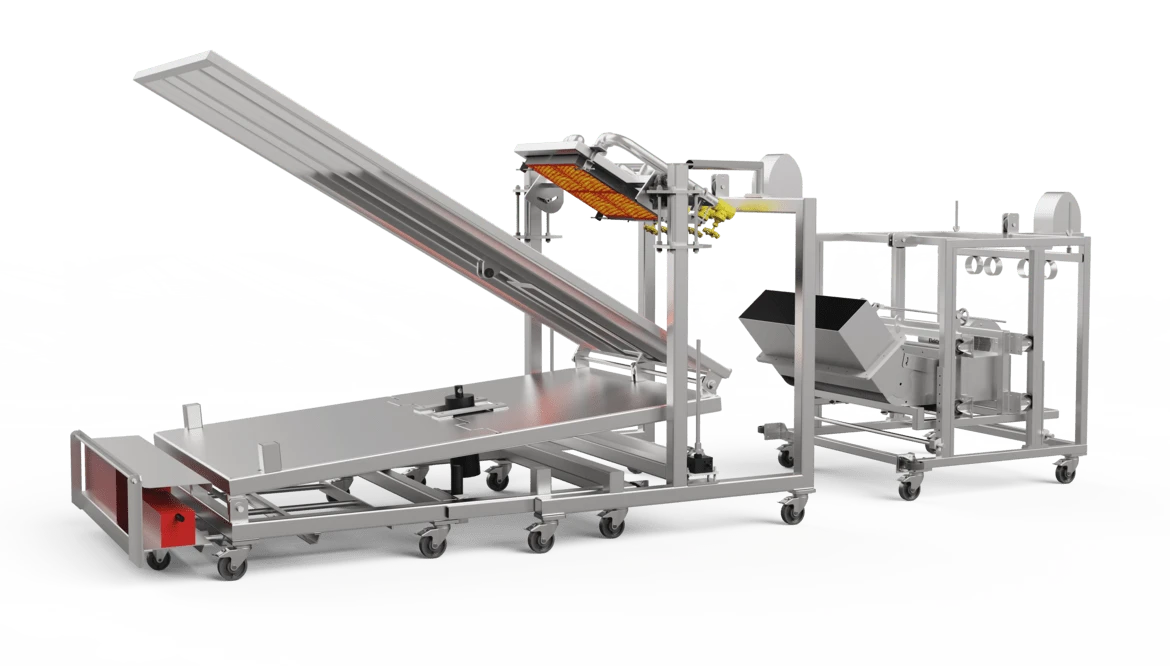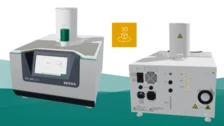
12.07.2023
How to Make Roofs Fireproof – The TDP T3/T4 Fire Testing Device for Roofs
More than 14,000 years ago, hunters began building simple roofs to protect themselves from the rigors of wind and weather. Nowadays, roof structures are becoming more and more complex and, along with the statics of buildings, must meet increasingly high thermal requirements. In addition, priority is on using sustainable materials for structural and thermal protection, often raising new questions in fire protection. Due to the immediate danger of falling parts of the roof structure in the event of a fire, it is of utmost importance to ensure fire safety of roofs and roof elements and also prove it. With the TDP T3 and TDP T4 roof test stands, NETZSCH TAURUS Instruments offers complex measuring systems for simulating real-fire scenarios, which enable manufacturers and fire testing institutes to classify roof structures in terms of fire protection according to standards.
Test Procedures According to the European DIN CEN/TS 1187 Standard
The European standard stipulates four test procedures for determining the fire behavior of roofs under external influence. The procedures define the way in which the roofs are stressed:
- Test method 1: stressed by incendiary devices
- Test method 2: stressed by incendiary devices and wind
- Test method 3: stressed by incendiary devices, wind and supplementary radiant heat
- Test method 4: with two stages incorporating incendiary devices, wind and supplementary radiant heat
Each test method is to be considered separately and independent of the other methods. It provides specific evaluation of the fire performance of roofing under the defined impacts.
The TDP T3 and TDP T4 systems by NETZSCH TAURUS Instruments meet the requirements of test methods 3 and 4.
Testing Under Real Environmental Conditions with the TDP T3
For accurate testing of the fire performance of roofs, it is critical to use representative specimens that reflect the roof assembly in terms of the type and number of roof layers, including existing thermal insulation layers and vapor barriers. The TDP T3 measures specimens with a minimum width of 1.2 m and a minimum length of 3 m to provide a mostly realistic picture of the roof behavior in the event of a fire.
In order to carry out a test in accordance with Test Method 3, not only incendiary devices, but also a wind device and a radiant heater are required. The TDP T3 is equipped with a wind device allowing a defined airflow to be set parallel to the specimen. The heat radiator mounted above ensures symmetrical heat flow distribution on the surface of the specimen. This provides real conditions for investigating the fire behavior of a roof structure.

The support frame of the TDP T3 is tiltable allowing special roof pitches to be tested. The mobile base of the wind device ensures precise positioning at the correct distance from the specimen. The heat radiator is attached to the frame of the test stand and can be adjusted in height to set the required distance to the specimen. Thus, the TDP T3 offers optimal flexibility for performing roof tests under realistic conditions.
The following measurement characteristics can be determined with the TDP T3:
- Flame spread on the roof surface and inside the roof
- Burning distance as a function of time
- Burning/falling droplets
- Flame penetration into the roof structure
- Smoldering and glowing behavior of the roofing
Precise Results with the Two-Stage Test of the TDP T4
As part of the roof test, an investigation is conducted in two steps, the Preliminary Test (stage 1) and the Burn-Through Test (stage 2). In the Preliminary Test, a fire is simulated on the roof, using the city gas flame of the burner lance, without the use of thermal radiation. In the second step, the burn-through test, real conditions are created by additionally simulating wind and radiant heat.
Classification of the tested specimens is based not only on the duration of the flames, but also on the extent of flame spread, the timing and type of roof penetration, and the appearance, dripping or falling of burning or molten material. This ensures comprehensive evaluation of the fire behavior.
The TDP T4 test analyzes the spread of fires on the roof surface. In addition, the test aims to determine whether and to what extent the fire penetrates the roof and whether burning material develops on the top and/or bottom of the roof. Thus, the following key figures can be determined with the TDP T4:
- Flame spread on the roof surface
- Burnt length
- Burning/falling droplets
- Penetration of burning/glowing parts into the roof structure
- Glowing behavior of the roofing
- Formation of holes in the roofing
- Radius of fire spread on flat roofs

Key Features of the T3 and T4
The TDP T3 and T4 fire testing devices for roofs offer a variety of important features for accurate and effective testing. The TDP T3 has a mobile stainless steel frame with steel beams and a high-quality radiant heater. It simulates realistic conditions with wind and has an integrated fan. The TDP T4 includes a mobile stainless steel base with sample carrier trolley, radiant heater and a burner lance for fire simulation. Both models feature gas supply through measurement and control units, clear touch displays and allow for individual and manual control.
Both the TDP T3 and T4 have all the necessary features for efficient and reliable roof fire testing.
Effective Fire Testing and Improved Fire Safety with the TDP T3 and T4 Roof Test Stands
Overall, the TDP T3 and T4 fire testing devices by NETZSCH TAURUS Instruments provide a comprehensive solution for conducting fire tests on roofs. With their various features and functions, they enable precise and realistic investigations of the fire behavior of multi-layer roof structures under different conditions. From simulating wind and thermal radiation to evaluating fire spread and roof penetration, these test rigs provide valuable insights into roof safety and fire performance. With these advanced tools, experts in the building industry, researchers and material developers can effectively and efficiently analyze the behavior of roofs under fire loads, contributing to safer buildings and better fire protection measures.



